|
This view from the dunes at Lundin Links, looking to the rear of the Lundin Golf Club (on the left), and Station Road (on the right), probably dates to the late 1920s. The golf club house has been extended from its original form. The large house at the top right of the shot is Beffens and its neighbour to the right (The Gables) is yet to be erected. On the other side of Beffens is Westhall and then Manderlea (then a boarding house). The shop of Alex Patrick the golf club maker is in the centre of the picture - between the vintage cars and the railway line. The house and workshop of his brother David is just beyond Manderlea but situated on Golf Road.
0 Comments
While most postcards feature summer days and seaside themes, this one is refreshingly different. Turning the camera away from the sea, the view along part of Main Street is captured. Judging by the bare tree in the distance and the very well-dressed ladies, it is a cold winter day. The postcard was, however, posted in July of 1921. The sender was staying at 'The Haven', Largo and notes that she is "having a fine holiday and ideal weather. Children are enjoing boating, bathing, etc.". Meanwhile her husband is "keeping his hand in at golf". The ladies in the picture (enlarged below) have just past a row of shops on the right. Mrs Davie's shop was the lighter coloured one in the centre, while there was Scott's grocer (who in fact commissioned the postcard) and the Co-op on the ground floor of the building in the right foreground.
Vintage Lundin Links would like to wish all readers a Happy Christmas and very best wishes for 2016!
Next year will bring many more tales from bygone Largo and Lundin Links. If there's a topic you would like to see covered - please comment. If there are photographs or memories or information that you would like to share, please make contact using the 'Contact' link on the right hand menu bar. Below are a selection of adverts from Christmas past and a festive antique shop window - just to get into the vintage Christmas spirit. While the caravan site was open for visitors from the early 1950's, many other summer visitors would also descend on the Largo area at that time to stay in hotels, boarding houses, summer rentals or to stay with relatives. The children in these photographs were staying with grandparents in Lundin Links, as they often would during the summer. The picture above shows Jon McLoughlin, as a boy, helping to tie up a boat that had just come into the harbour at Lower Largo with the viaduct in the background.
The picture below shows Jon with three relatives (also seen in the background of the first image). From left to right below are Jon's grandfather, uncle, self and sister, sitting on a bench in front of the Crusoe Hotel. Jon and his sister lived in London at the time and summer holidays spent in Lundin Links are remembered fondly. The pair would stay at 'Dalraven', Leven Road - home of their grandfather John Jack McLoughlin (pictured). The Crusoe was run at the time by the Nicolls (see 1954 advert below). Jon became friends with the Nicoll's son Iain, and the two boys can be seen in the photograph at foot of post. This was taken after a swim in the sea on the beach by Lundin Golf Course. The anti-tank blocks line the edge of the shore, having been put in place during the Second World War. [With thanks to Jon McLoughlin for the photographs] The previous post covered how the site of the former mill at Lower Largo was converted into a caravan site in the early 1950s by Jack and Jean Philp (pictured left and right below respectively). The site would develop and evolve over the years, both in terms of facilities added and alterations to the physical site, such as the building of a new sea wall in 1963. Below left is a photograph taken during 1964, showing (left to right) Archie Fyfe, Jimmy McGuckin, Jim Nicol, Dougie Thomson and Robert Band undertaking some work on the site, aided by the Fordson Major tractor. On the right below is Catherine Band (nee Philp), wife of Robert and daughter of Jack and Jean. At the foot of the post is a wintry view of the site in the mid-1950s. This shows the old mill manager's house, which became the toilet block and shop. This building was further altered in the mid-1960s, after Jean Philp obtained permission to refurbish it into a habitable dwelling.
[More to come soon on how the site continued to evolve and on the creation of Seatoun Place. With many thanks to John Band for pictures and information] The 1950s saw the dawn of a new era at the site of the old mill at Lower Largo. In 1951, Jack and Jean Philp purchased the site from David Graham and set about creating their new venture of a caravan site. Just as the location alongside the Keil Burn, close to the harbour, had been an ideal spot to build a mill centuries before, so was the site a perfect place to set up a caravan park. Yards away from the railway station, the harbour and the beach, and in such a picturesque situation, it's no wonder the new caravan site soon established itself and went on to have a long presence in the village. The 1950s and 1960s were a golden age for caravan sites, especially those close to the sea. After the war, many families craved holidays and there was a great rush to the coast. The images below show work being undertaken around the site during the early years. The Philps, aided by their daughter Catherine, and soon to be son-in-law Robert Band, had the arduous task of clearing the site of remaining debris from the mill demolition and filling in the dam. A Fordson Major tractor was purchased to assist with this work. Clockwise from the top left below, we can see: Robert Band working in the foreground with the viaduct in the background; a view of the site from above, including the old mill manager's house which was converted for use as toilets for the site plus site shop (see image at foot of post); a new sea wall under construction (the old mill stones are lying exposed); and another view of the building of the sea wall, through an arch of the viaduct and with the old mill manager's house in the background, surrounded by caravans. [Many thanks to John Band for the information and the photographs]
Although the Largo Oil and Cake Mill is believed to have stopped production on Christmas Eve 1910, the lease of the building continued to be held by Alexander Philp until his death in April 1931, aged 84. Alexander lived at 'The Mount' at the east end of Woodlands Road, close to the mill, and was described as a 'retired seed crusher' at the time of his death. He was the son of Benjamin Philp the commission agent. The mill site reverted to the Largo Estate and in 1937 the advert below appeared in the Courier of 7th May. Soon afterwards, salvageable parts of the mill were removed and the main buildings demolished. Eventually, the land was sold by the Largo Estate. A small section adjacent to Harbour Wynd was taken by Fife Council in order to build public conveniences (completed in 1937). However, much of the land went to a David Graham, who lived in the old mill manager's house and, during a large part of the '40s, kept dogs, horses and hens at the site. The image below dates from the late 1940s. Interestingly, some of the old stone from the demolished mill was used in the building of the substantial wall on the north side of Drummochy Road (see images below). This work was carried out in 1939 as part of a road-widening scheme. The Fife Free Press of 18 February that year commented under the headline 'Progressive Largo' that the works were "proving a source of interest to the children and many of the not-so-young". It continued "although obstacles such as tree roots &c abound, work is progressing quickly. Most of the excavated earth is being used to fill up the hollow in the vacant ground to the south of the bridge over the railway. Commanding a fine view of Largo Bay to the east and west, this level part would be an ideal site for erecting a few seats."
[With thanks to John Band for contributing information to this post] This mid-1950s view from the platform of Lundin Links Station was taken from just under the canopy of the newer of the two main station buildings. It is looking towards Station Road (now Links Road). The four main houses visible just above the station fence were, from left to right, 'Southfield' (with the three dormer windows), 'Hansel Cottage', 'Stajuli' and 'Fernbrae'. Above these houses, the roof of Haworth is visible among the trees. In the distance on the right, we can see the corner of Golf Road and beyond that the three chimney stacks of Peacehaven.
[With many thanks to Jon McLoughlin for the above photograph] By way of contrast, see below for a c1900 image of the same station, that pre-dates the building of the newer station building (only the original station building is there). There are no houses on the stretch of Station Road behind the station and the Old Manor Hotel building to the left of the station would have still been Aithernie House (prior to its c1906 enlargement). The imposing outline of Largo Law remains the same! The previous post about the author Annie S. Swan, noted that her breakthrough novel was named 'Aldersyde' - a romantic tale set in the Scottish borders. In Lundin Links, there is a house named Aldersyde at the corner of Leven Road and Crescent Road. Built around the turn of the century, a little later than the row of shops, the first residents of Aldersyde were the Gulland family, who remained there for several decades. It seems likely that the house was built by the same Lundin Mill builder (Archibald White) who erected 'The Anchorage' in Kinghorn for Annie S. Swan. In fact there are a number of similarities in design between the two turreted homes. Perhaps the Lundin Links 'Aldersyde' (shown below) was inspired by 'The Anchorage' or maybe the Gullands were fans of the writer. It's fun to speculate anyway.... Another piece of speculation that recently occurred to me, was whether a building near York, named 'Aldersyde House', could have inspired the design of the Lundin Links Hotel. It could simply have been a popular style of the time but there are a number of parallels between the two buildings (inside and out). Look at the images below of Aldersyde House and see what you think. The architect of the York building was Walter Penty and it was built for flour-milling businessman Ernest Leetham in 1895-6 - just before the Lundin Links Hotel was designed by Peter Henderson.
Annie Shepherd Swan was a Scottish writer who wrote under the name Annie S. Swan, even after her marriage to James Burnett Smith in 1883. In the same year as her marriage, she achieved critical success with her second novel, 'Aldersyde' (endorsed by none other than Prime Minister William Gladstone). By this time she was living in Star, near Markinch in Fife. Her husband was schoolmaster at Star for two years and, during that time, Annie acquired the material for two more novels, inspired by her life there. However, both husband and wife longed for a different life and soon set about making plans to realise their dreams.
James wanted to become a doctor and so the couple moved to Edinburgh so he could study medicine. Annie wished to further her literary career and had ambitions to move to London. After James was qualified and had acquired some practical experience, they did indeed move there. They established their first London home at Camden Square and their two children were born there. However, Fife was not far from their minds and in her autobiography 'My Life', Annie wrote... "After the children were born, we realised that for their sakes, as well as our own, it was necessary to establish some sort of permanent connection with Scotland. We had a small cottage at Kinghorn, a little, grey, old-world village on the Forth. It had a glorious outlook and a perfect beach.....We acquired a narrow building site on the cliff overhanging the sea, and proceeded to erect the house." This house was built by Lundin Mill builder Archibald White. The Courier of 6 November 1895 stated that "Mr Archibald M. White, builder, Lundin Links, Largo, has received instructions from Mrs Burnett Smith, better known as "Annie S. Swan", to build a large villa on a splendid site, which she has acquired at Pettycur Road, Kinghorn". The house was named 'The Anchorage' (see images below) and would act as a family retreat during the 12 years that they lived in Hampstead and later when they lived in Hertford. She wrote of the house "...the Anchorage was a joy to us. Our children spent long, golden summers there and loved it with a great love". By this time, Annie had become a prolific writer of novels, short stories and serialised pieces for publications such as the People's Friend. She also wrote poems and pieces on politics and religion. Annie was in Scotland when World War One was declared and it was to change her perception of her Kinghorn home forever. Kinghorn had become an important base for the defence of the Forth, being close to the bridge and to the Rosyth naval base. Of this, she wrote "...barbed wire appeared everywhere, and bigger and better guns were installed on terrifying emplacements. The biggest of all was not more than 200 yards from our house". When the guns were fired, windows of The Anchorage were regularly shattered, with no compensation. A barrier was built across the road outside their front gate and they would be challenged by guards day and night. An insight into the fear that the situation created is evident in this passage from 'My Life'... "The panicky atmosphere of these first weeks was indescribable. The bogey was German invasion, which was reported to be imminent....The whole of life was transformed into something grim and sinister....The scares were continuous and exciting. One day it was reported that the Germans had actually effected a landing at Largo Bay..." At this particular event, Annie fled her Kinghorn home hastily to stay with friends and to "restore [her] shattered nerves". However, these experiences did not prevent Annie from going to France to boost the morale of the troops, from working with Belgian refugees and from lecturing on the topic of conservation of food. Many years later, after selling The Anchorage and the retirement of her husband, the Burnett Smiths returned to Scotland for good ("where all our relatives lived and with which we had so many dear associations"). This time they settled in Bandrum, near Dunfermline. During her time at Bandrum, the novellist was kept busy opening bazaars and speaking in support of good causes. In 1925 she opened the Largo Flower Show, as reported in the Courier of 24 August... "Largo Flower Show was held on Saturday in the front park, Largo House, granted for the occasion by Mrs G. Bell, Lundin Links. Miss Baxter, The Grove, Upper Largo, presided and introduced Mrs Burnett Smith (Annie S. Swan) who opened the show." In 1927, James Burnett Smith, passed away at Bandrum and soon Annie moved to Gullane, East Lothian to a house which she named 'Aldersyde'. The house retains that name to this day, seven decades after the 1943 death of the celebrated author of over 200 novels and short stories, at the age of 83. |
AboutThis blog is about the history of the villages of Lundin Links, Lower Largo and Upper Largo in Fife, Scotland. Comments and contributions from readers are very welcome!
SearchThere is no in-built search facility on this site. To search for content, go to Google and type your search words followed by "lundin weebly". Categories
All
Archives
July 2024
|




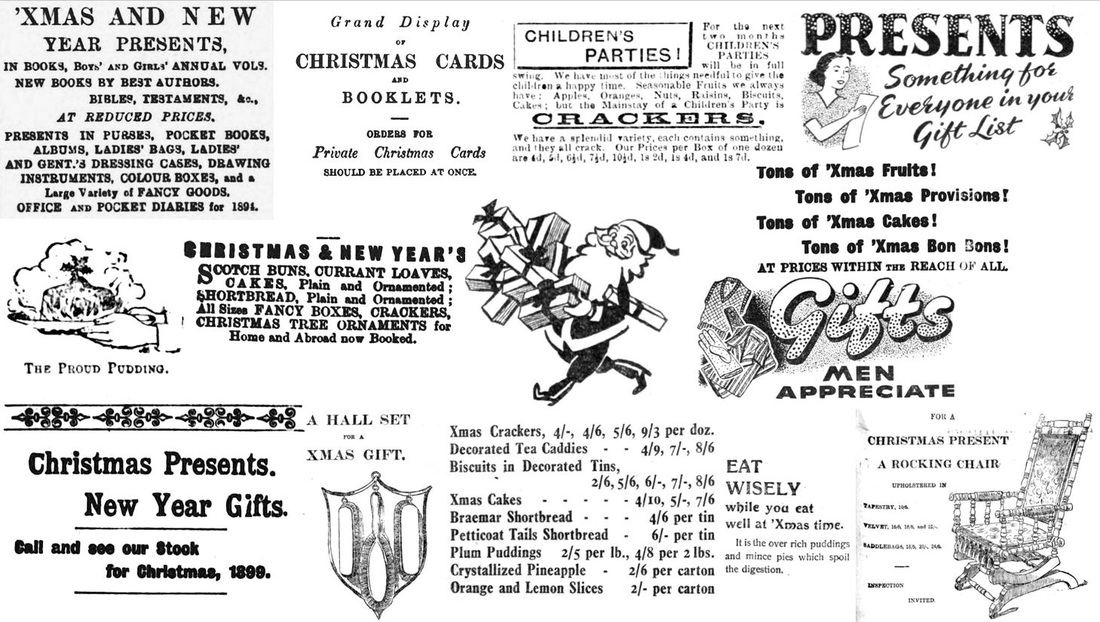


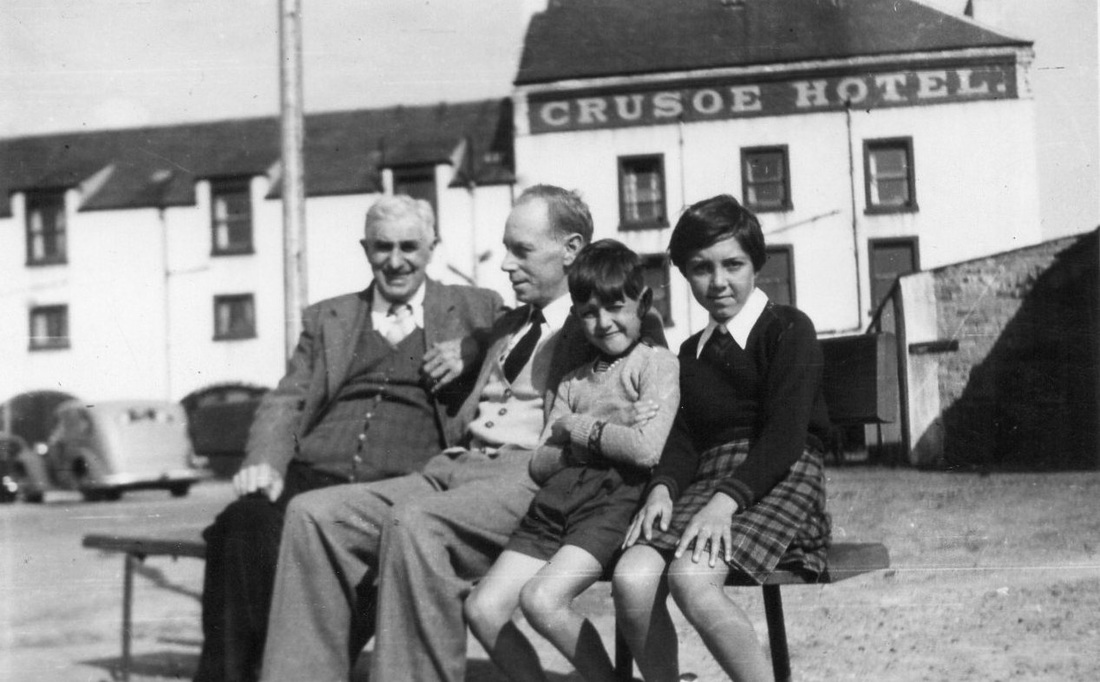









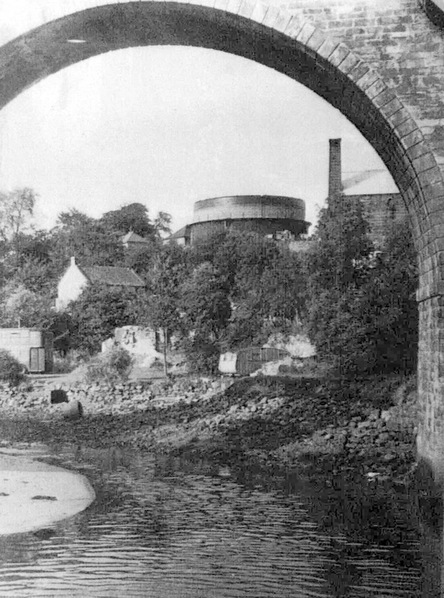
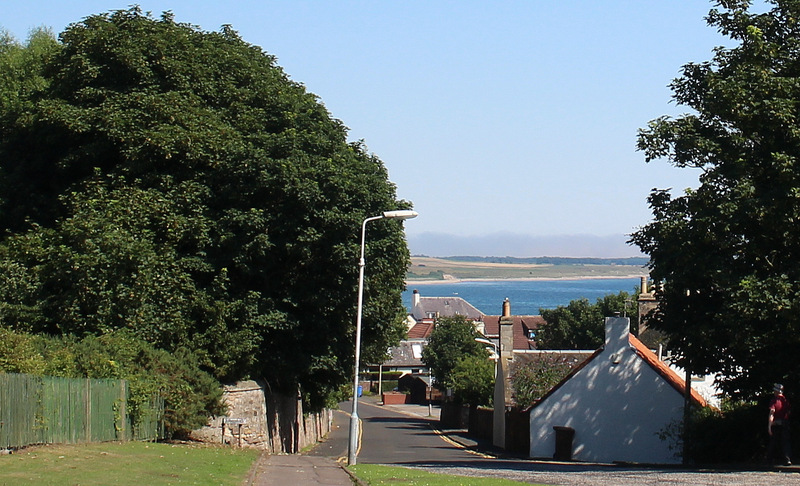

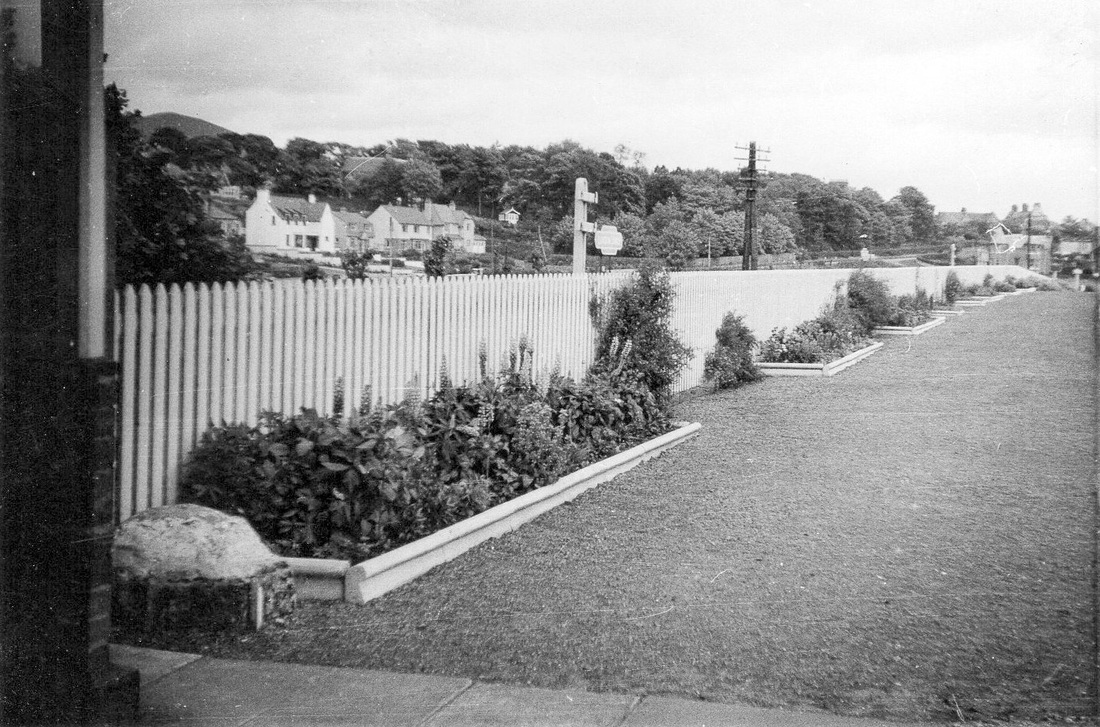







 RSS Feed
RSS Feed
